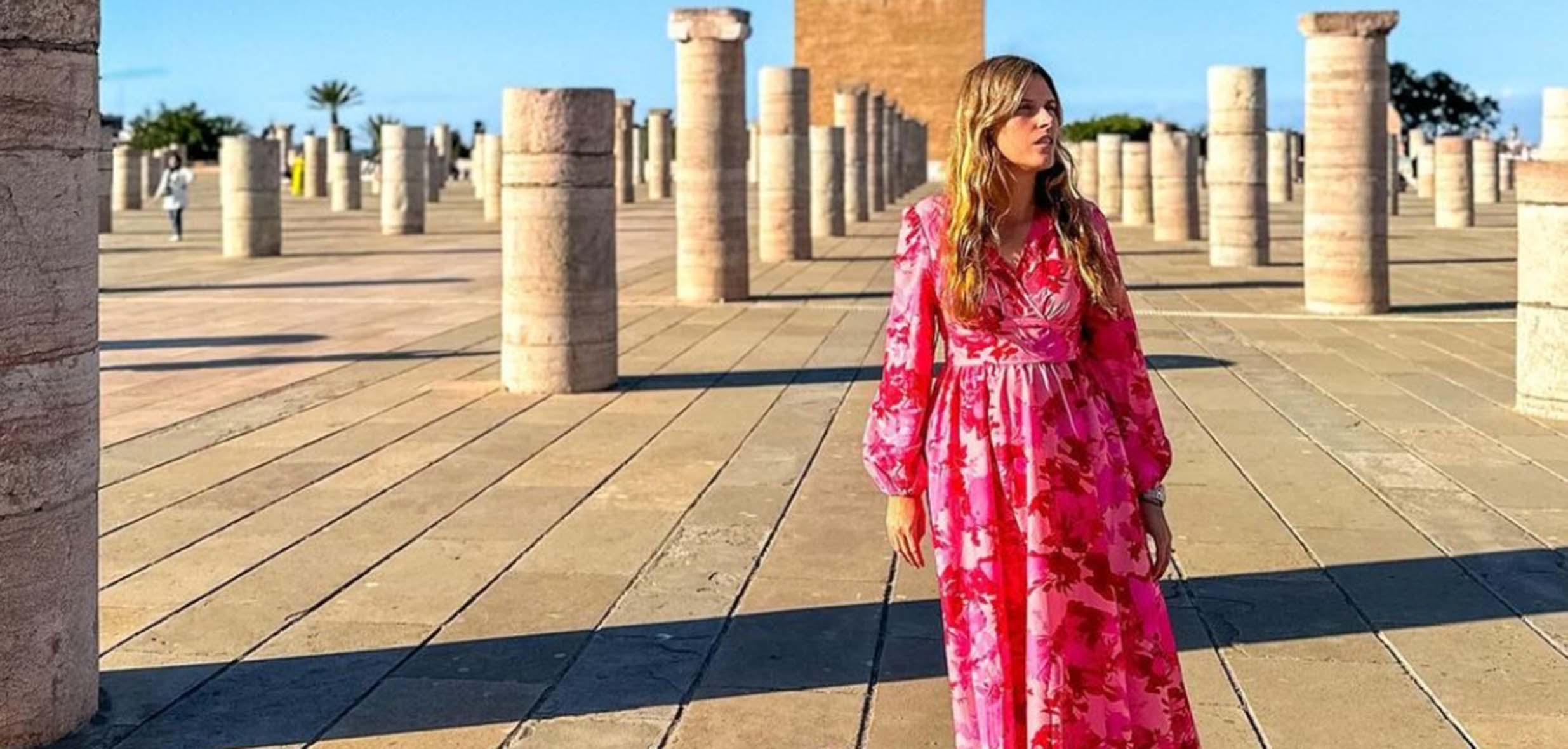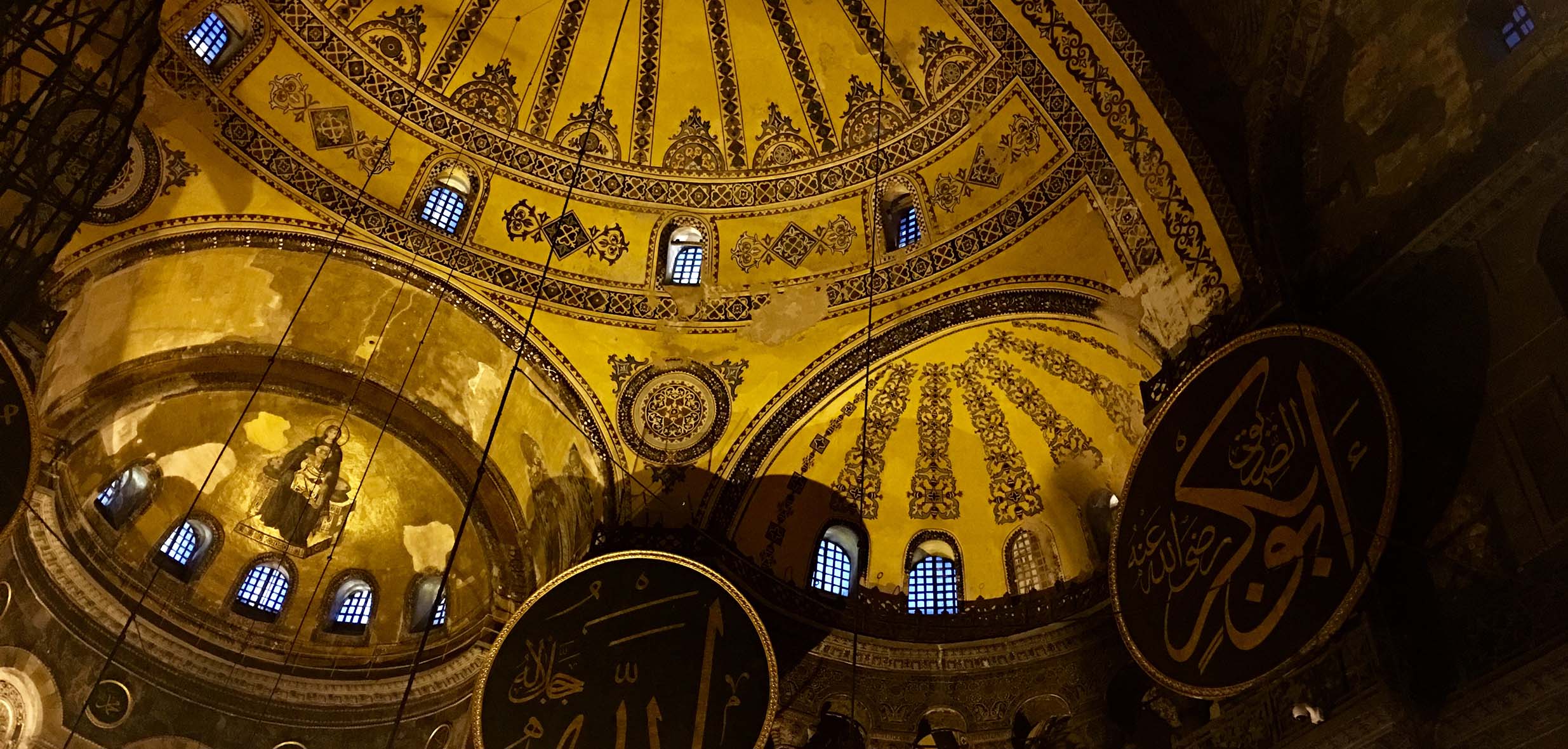As the sun sets over the horizon, casting a golden glow on the vibrant landscapes of Morocco, a tapestry of diverse experiences awaits those who dare to explore this North African gem. We embark on a captivating journey through the mystical wonders of Morocco, unraveling the top 5 essential tips that every traveler should know before setting foot in this extraordinary destination.
Best Time to Visit
Certainly, the timing of your visit to Morocco holds paramount importance in sculpting a truly enriched and immersive experience in this North African jewel. The optimal periods for exploration, which fall during the spring months from March to May and the autumn season from September to November, are strategically chosen to align with the country’s climatic nuances.
During the spring, Morocco undergoes a transformative awakening. The weather during these months is characterized by a gentle warmth that permeates the entire landscape. The crisp morning air gradually gives way to comfortable temperatures, creating an ideal atmosphere for outdoor activities and exploration. The countryside comes alive with a burst of colors as flowers bloom, casting a picturesque backdrop against the historical sites and natural wonders that Morocco has to offer.
Similarly, the autumn season ushers in a different kind of allure. As summer bids farewell, the temperatures in Morocco begin to cool down from the scorching heat, presenting a more temperate and comfortable climate. The autumnal air carries a subtle crispness, enhancing the overall atmospheric charm. The landscape, having soaked up the summer sun, retains its vibrancy, making it a perfect time to traverse the diverse terrains of Morocco.
Choosing to visit during these specific seasons is not merely about favorable weather conditions; it is a deliberate strategy to optimize the immersive nature of the Moroccan experience. The moderate temperatures provide a comfortable backdrop for exploring the bustling souks, wandering through the narrow alleyways of ancient medinas, and marveling at the architectural wonders that dot the landscape.
Moreover, these seasons also coincide with some of Morocco’s most vibrant cultural events and festivals. From the lively celebrations of the Fes Festival of World Sacred Music in the spring to the captivating Erfoud Date Festival in the autumn, visitors during these periods are treated to a cultural tapestry that adds an extra layer of richness to their journey.
In essence, the choice of spring and autumn as prime periods to visit Morocco is a thoughtful consideration of the holistic experience that extends beyond mere weather conditions. It encompasses a harmonious blend of favorable climate, visual splendor, and cultural vibrancy, all converging to create an atmosphere where every traveler can fully immerse themselves in the captivating allure of this extraordinary North African destination.
Where to Stay: Embracing the Charm of Riads
Selecting the appropriate accommodation is a pivotal element in crafting an authentic and enriching Moroccan journey. Among the myriad choices, I fervently advocate for embracing the distinctive charm of a traditional Moroccan riad. This recommendation stems not only from the architectural marvels these riads represent but also from the unparalleled experience they offer to discerning travelers.
A Moroccan riad is not merely a place to stay; it is a cultural immersion, a harmonious blend of history, architecture, and local hospitality. These architectural gems trace their roots back to traditional Moroccan design, featuring intricately adorned interiors and a layout that revolves around a central, serene courtyard. It is within this courtyard that the magic unfolds, providing a tranquil oasis that stands in stark contrast to the lively and dynamic energy that permeates the streets of Morocco.

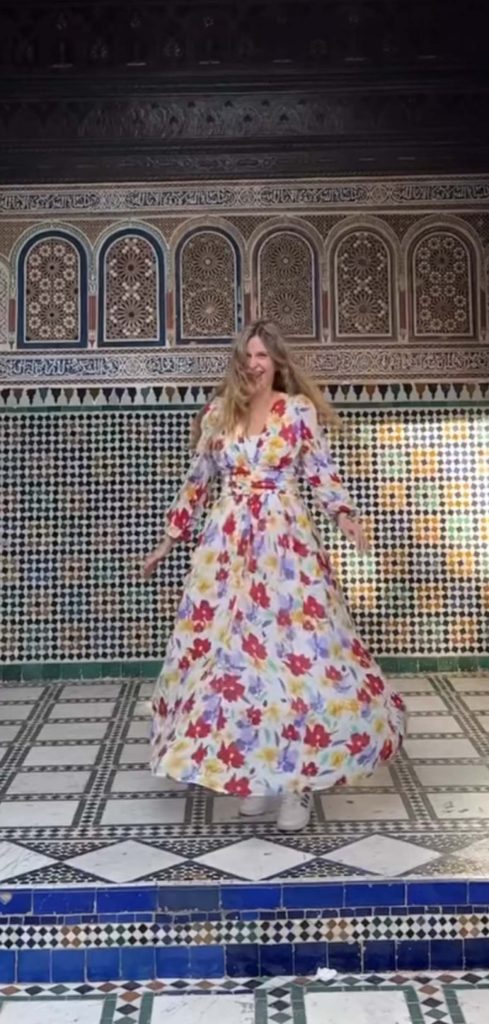
The rooms within a riad are not mere accommodations; they are sanctuaries meticulously designed to offer respite and relaxation. Adorned with traditional Moroccan decor, from intricately patterned tiles to vibrant textiles, each room tells a story of the region’s rich artistic heritage. The fusion of comfort and cultural aesthetics ensures that every moment spent within the confines of a riad becomes a sensory journey through Morocco’s history and artistic expression.
What sets riads apart is the personalized and intimate atmosphere they cultivate. Unlike conventional hotels, riads typically offer a limited number of rooms, allowing for a more exclusive and private experience. The attentive staff, often comprised of locals deeply rooted in the community, adds a layer of authenticity to the hospitality, making guests feel not just accommodated but genuinely welcomed into the heart of Moroccan culture.
Beyond the physical attributes, the choice of a riad is an invitation to immerse oneself in the local way of life. Many riads are situated within the labyrinthine alleys of historic medinas, offering a genuine glimpse into the daily lives of Moroccan residents. Staying in a riad allows travelers to awaken to the distant call to prayer, wander through bustling souks just steps away from their doorstep, and savor traditional Moroccan cuisine prepared with love and authenticity.
In essence, a stay in a Moroccan riad is an indispensable part of the journey, an experiential choice that goes beyond the realms of conventional accommodation. It is an embrace of tradition, a celebration of artistry, and an opportunity to weave one’s own narrative into the vibrant tapestry of Morocco. For those seeking not just a place to rest but an immersive cultural experience, the riad stands as an emblematic choice, an abode where the essence of Morocco unfolds in every detail.
How Long to Stay: Crafting the Perfect Itinerary
Determining the ideal duration for your sojourn in Morocco is a critical element in curating a journey that strikes a harmonious balance between exploration and relaxation. Reflecting on my own experience, where I embarked on a 7-day adventure, I realized that, while it offered glimpses into Morocco’s wonders, it felt somewhat rushed, leaving many treasures undiscovered. To truly embrace the richness of Morocco, I earnestly recommend planning a more extended stay of 10 to 14 days. This timeframe allows for a more comprehensive, immersive, and stress-free experience, granting ample time to savor the diverse landscapes, delve into the intricate tapestry of culture, and authentically absorb the essence of this captivating country.
Transportation: Navigating the Moroccan Tapestry
Embarking on an enchanting Moroccan adventure involves traversing the country’s diverse landscapes and exploring its historic sites. The choice of transportation plays a pivotal role in ensuring a seamless and enjoyable exploration of Morocco’s multifaceted beauty. Travelers are presented with two primary options: booking organized tours through hotels or online platforms or opting for the liberating choice of renting a car.
Organized tours offer a convenient and guided approach to experiencing Morocco’s major attractions. Most hotels can assist in arranging these tours, ensuring that visitors have access to knowledgeable guides who provide insights into the cultural, historical, and geographical facets of each destination. Online platforms also offer a plethora of options, allowing travelers to customize their itineraries and select tours that align with their interests.
On the other hand, renting a car provides a different level of freedom and flexibility. Morocco boasts well-maintained roads and highways, making self-driving a safe and viable option. This mode of transportation allows adventurers to set their own pace, explore off-the-beaten-path locations, and embrace the spontaneity that comes with independent travel. It’s an opportunity to navigate the Moroccan tapestry on one’s terms, uncovering hidden gems and creating a personalized journey that aligns with individual preferences.
In conclusion, whether opting for organized tours or choosing the freedom of self-driving, both transportation methods contribute uniquely to the Moroccan adventure. The choice ultimately rests on the traveler’s preferences, whether seeking the guidance of local experts or the autonomy to forge a personal connection with the diverse landscapes and cultural wonders that Morocco has to offer.
Money Matters: Mastering the Dirham
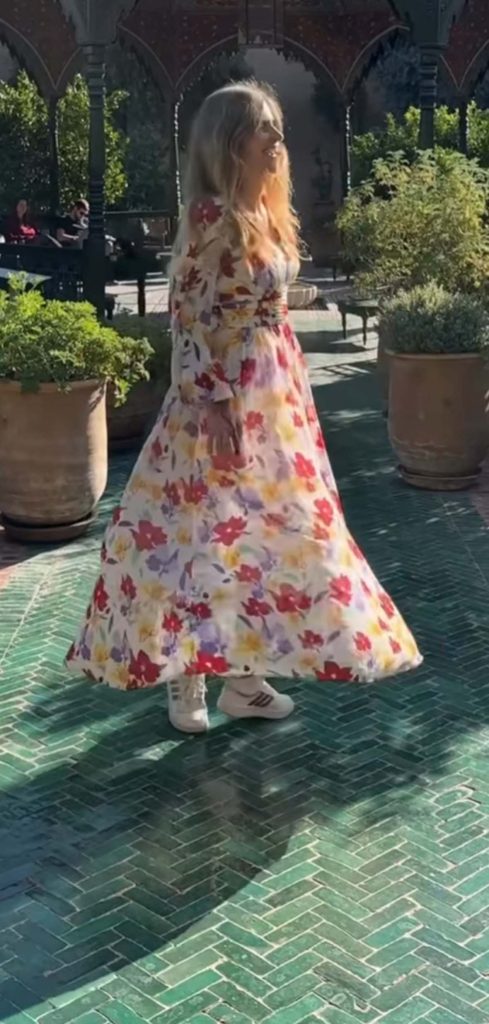
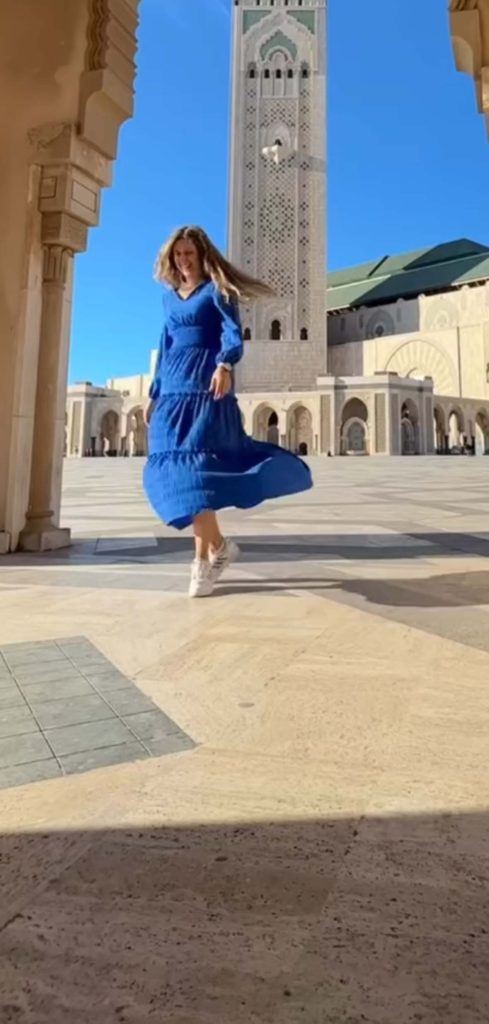
Understanding the currency and financial dynamics is essential for a hassle-free trip. The local currency in Morocco is the Dirham. While credit cards are widely accepted in museums, hotels, and restaurants, it’s advisable to carry some cash for parking, tolls, small shops, or snacks. ATMs and exchange offices are readily available in the larger cities, ensuring convenient access to local currency.
Safety: Navigating the Cultural Landscape
Addressing safety concerns is paramount for any traveler. While I did not venture into Morocco alone, I gathered insights from fellow female travelers who navigated the country independently. Sticking to well-trodden tourist spots generally ensures a secure experience. Personally, I felt a sense of safety during my journey, even witnessing the remnants of the 2023 earthquake in Marrakesh. Despite this, exploring the main attractions proved to be hassle-free, showcasing the resilience and hospitality of the Moroccan people.
In conclusion, Morocco stands as a tapestry of diverse landscapes, rich cultural heritage, and warm hospitality. Equipping yourself with these top 5 tips ensures that your journey unfolds seamlessly, allowing you to absorb the magic of Morocco to its fullest. As you embark on this adventure, may the vibrant colors, aromatic spices, and timeless traditions of Morocco leave an indelible mark on your soul. Safe travels!
